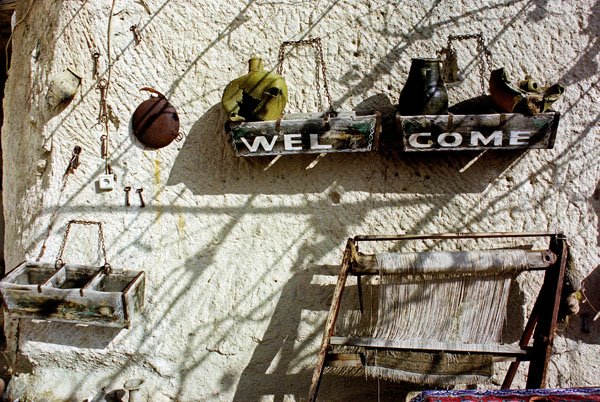The city I once knew
They looked a bit out of the place when first built on Jalan Ampang. 1o years later I returned to a city where the skyline changed beyond my recognition.
My close friend, Yong Ming, took me to see the Kuala Lumpur Railway Station. I had always had a fascination for this building. Designed by British Architect Arthur Benison Hubback in a mixture of Neo Moorish and Mughal style, it houses the hub of the railway in the city.
What impressed me most was not only Mr Hubback's meticulous detailed plan, but also his open mind to adapt Islamic elements as part of the key designs throughout the whole building. In 1910 he could have easily designed a European-styled building. But instead he adopted the local influence and built the most notable architecture of that era.
Sadly, as I strolled on the pavement in the late afternoon sun, I noticed corny-looking flower lamp posts erected along the main road trying to beautify the atmosphere. A renovation campaign probably under a few talented men from the Tourism board who must have thought they had done a great job.
What an eyesore for me! But who should take the blame?
The importance of discerning eyes matters most when it comes to housing developments. At Sentul East I saw hope and consolation from a series of YTL projects, most prominently the KL Performing Art Centre.
The architecture was created out of an old railway station, making it look classic yet modern with its glassed walls. According to Yong Ming, Sentul was still a poor neighbourhood a few years back.
Kudos to the visionary inspiration crafted by YTL. I hope more Malaysians will use this as a benchmark in future developments.
When I looked down from the plane on the city I once knew, I was glad it escaped my cruel scrutinies and became the talk of the town.
after leaving home for 15 years.






